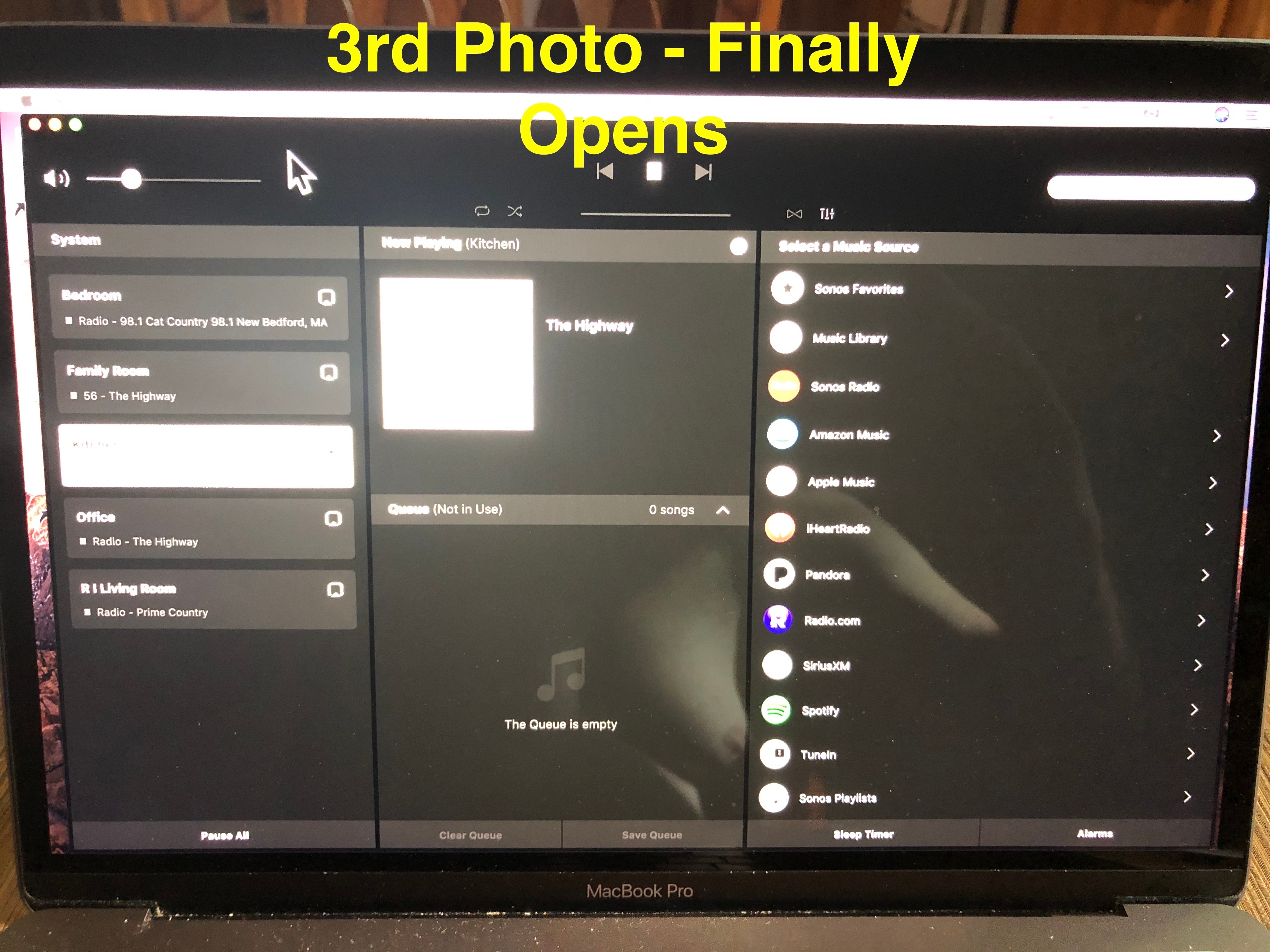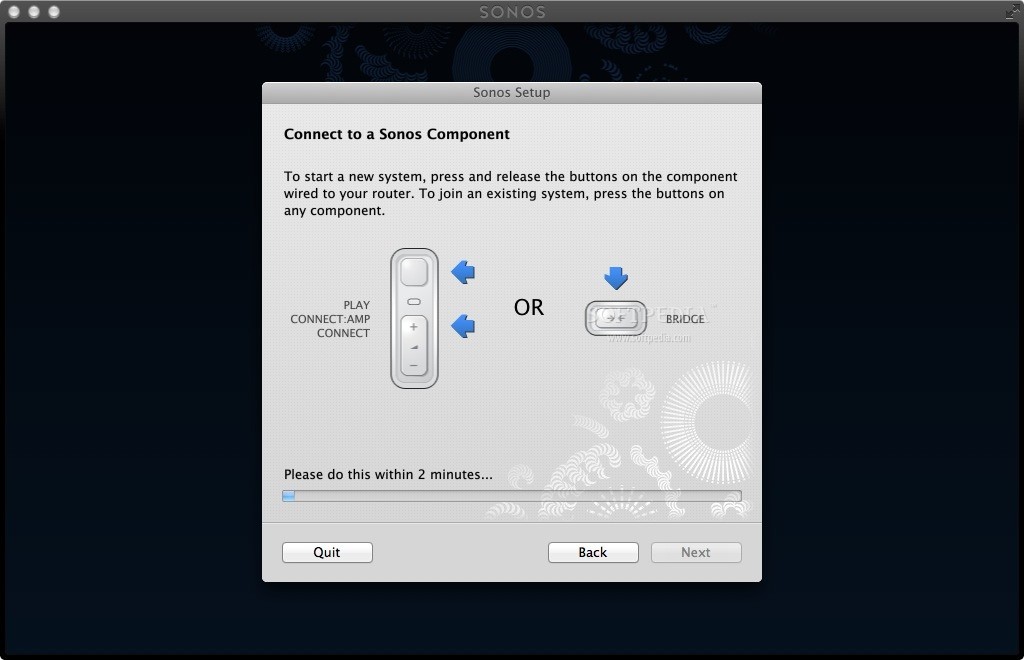
Go for 48 kHz / 16 bit, or 1536 kbps, and your audio will be happier. It results in division by the extremely uncool number of 1.088435374 (or a multiple) which can’t result in the cleanest mathematical conversion.
#Sonos for mac os x software
Software like XLD lets you downsample to anything you want, and if you follow Sonos’ instructions, you’ll be going for 44.1 kHz / 16 bit to get to 1411 kbps. My concern is that high resolution files are generally available at 192 kHz or 96 kHz sampling rate, 24 bit resolution, higher than is supported by Sonos (as of now). “Lossy” data compression mostly affects the sense of clarity and delicacy in the sound, and is very different from the changes you get from an upgraded audio system, or changes to room acoustics, for that matter.

There is no data compression, and no loss of quality relative to the original proven CD format, compared with many streaming or audio file formats that run at lower rates, usually making the sound fuzzier or crunchier. 1411 is CD quality, based on the CD sampling rate of 44.1 kHz and 16 bits of resolution for 2 channels (44100 x 16 x 2 = 1411200 bits per second). Sonos continues to add to its impressive arsenal of supported streaming services, including Deezer Elite and Tidal which depend on a 1411 kbps (kilobits per second), and I commend them for it. So why does this matter? It matters because 1.088435374 is an ugly number.

This depends on downsampling the files, but more importantly hinges on the unpublished capability of Sonos to support 48 kHz / 16 bit / 1536 kbps, higher than the officially stated 1411 kbps. It is possible to play high resolution 192 kbps 24 bit (or 96 kbps 24 bit) files on your Sonos system, sort of.


 0 kommentar(er)
0 kommentar(er)
